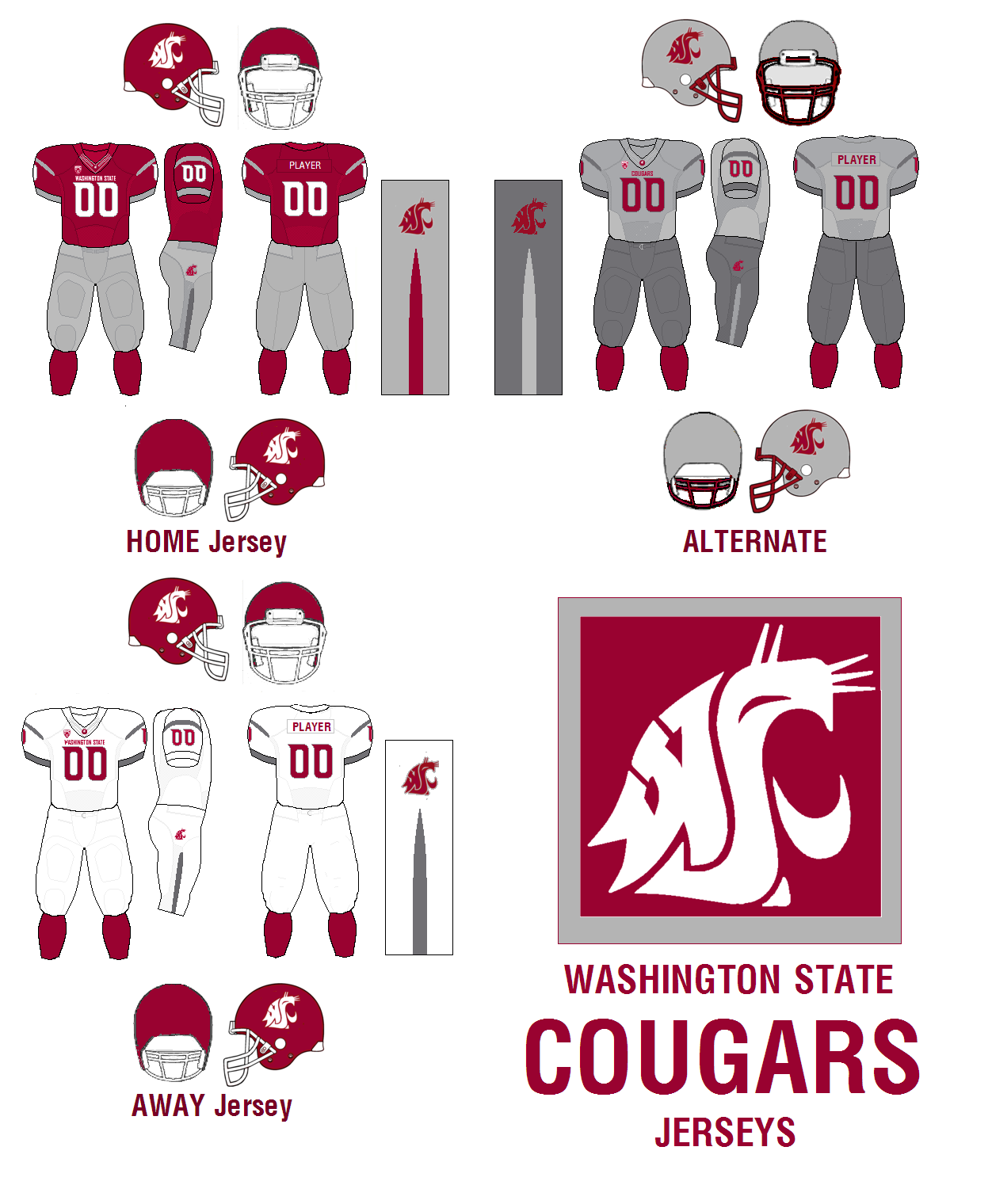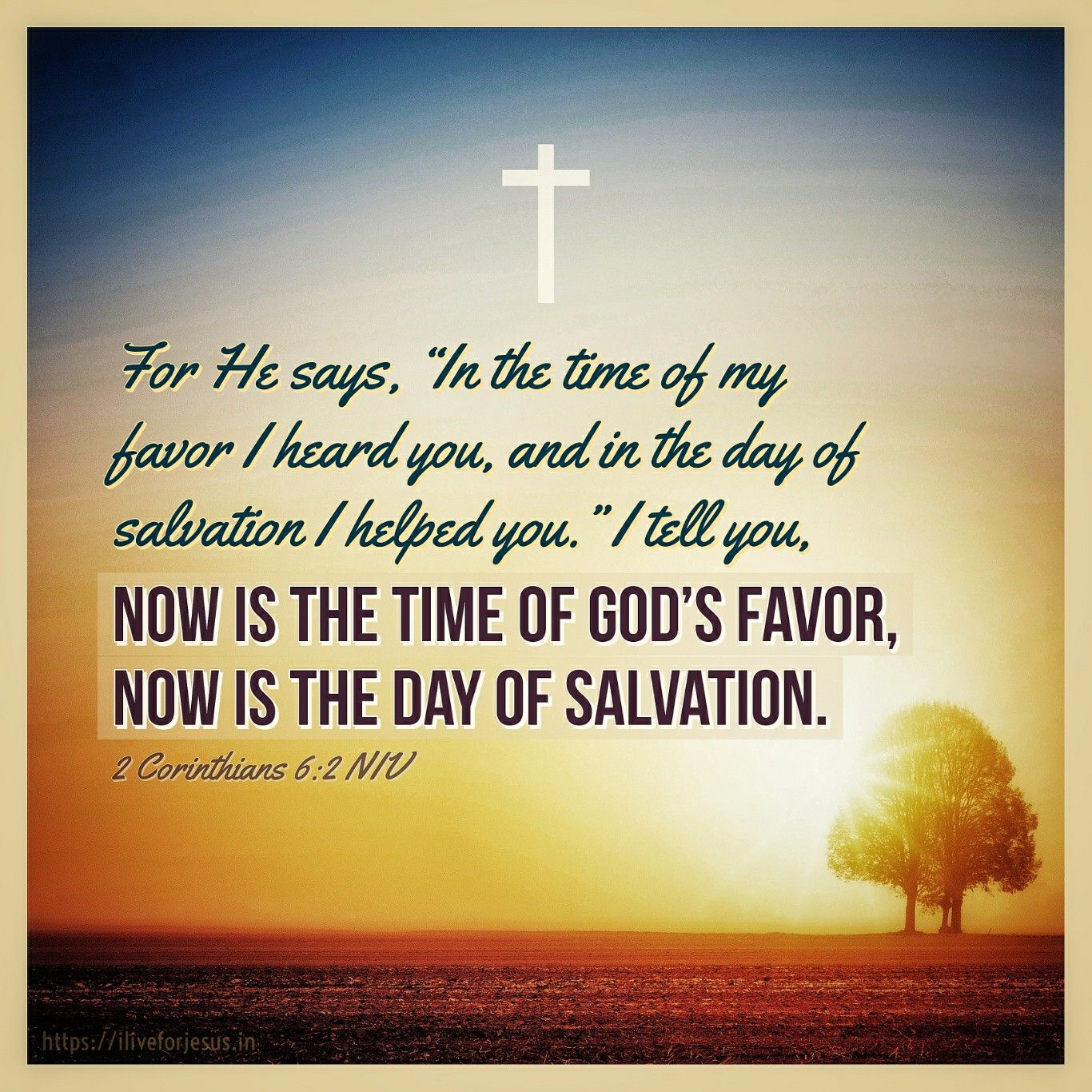Washington State Cougars Football Colors

The Washington State Cougars football team, representing Washington State University, is known for its distinctive and spirited colors. The primary colors of the Cougars are crimson and gray, which are proudly displayed on their jerseys, helmets, and throughout Martin Stadium, their home field in Pullman, Washington.
Crimson, a deep, rich red, is the dominant color and is often associated with passion, energy, and strength— qualities that the team embodies on and off the field. This vibrant color is central to the team’s identity and is a key element in their branding, appearing prominently on their home jerseys and helmets. The specific shade of crimson used by the Washington State Cougars is unique and has become iconic in college football, immediately recognizable to fans and opponents alike.
Gray, the secondary color, provides a sleek and modern contrast to the bold crimson. It is used in various shades, from light to dark, depending on the specific design element, whether it’s the away jerseys, pants, or accents on the helmets and uniforms. Gray adds a level of sophistication and flexibility to the team’s visual identity, allowing for a range of combinations that keep the branding fresh and dynamic.
The combination of crimson and gray is not only visually appealing but also carries significant symbolic value. Crimson represents the heart and passion of the Cougars, signifying their commitment to excellence and their never-give-up attitude. Gray, on the other hand, symbolizes balance, neutrality, and wisdom, reflecting the team’s pursuit of resilience and strategic gameplay. Together, these colors embody the essence of the Washington State Cougars football team: a perfect blend of passion, strength, and strategic brilliance.
Over the years, the Cougars have occasionally introduced alternate jerseys and special edition helmets that experiment with different shades and combinations of crimson and gray, as well as incorporating other colors that pay homage to the university’s heritage or specific themes. These variations are met with excitement from fans and often become collectibles, showcasing the team’s ability to innovate while staying true to their core identity.
The impact of the Washington State Cougars’ colors extends beyond the field, playing a significant role in fostering school spirit and community engagement. Fans, alumni, and students proudly wear crimson and gray to show their support, creating a sea of color at games and events that is both intimidating to opponents and uplifting to the team. The colors have become an integral part of the Cougars’ tradition and are celebrated in chants, songs, and rituals that are unique to Washington State University.
In the realm of college football, where traditions run deep and team identities are fiercely guarded, the Washington State Cougars’ use of crimson and gray stands out as a beacon of school pride and athletic excellence. These colors are not just part of a uniform; they represent the values, aspirations, and community of Washington State University, binding together generations of Cougars in a shared spirit of competitiveness and camaraderie.
In conclusion, the colors of the Washington State Cougars football team—crimson and gray—are more than just aesthetics; they are symbols of the team’s spirit, values, and the community that supports them. These colors have become an indelible part of the college football landscape, inspiring loyalty, passion, and a sense of belonging among fans and reflecting the excellence and tradition of Washington State University athletics.
Visual Identity Evolution

The visual identity of the Washington State Cougars, including their iconic colors, has evolved over the years, with various updates and refinements aimed at modernizing the brand while retaining its heritage. This evolution reflects the dynamic nature of college football and the need for teams to adapt and innovate in their branding and marketing efforts.
One of the key aspects of this evolution has been the careful balancing act between tradition and innovation. The Cougars have successfully introduced new uniform designs, helmets, and branding elements that appeal to current fans and recruits while still honoring the traditions and legacy of the program. This approach has helped in maintaining a strong connection with alumni and long-time supporters, who appreciate the nods to history, while also attracting new generations of fans who are drawn to the modern and sleek designs.
The engagement of fans through social media and other digital platforms has also played a significant role in the evolution of the Cougars’ visual identity. By sharing behind-the-scenes content, sneak peeks of new designs, and interactive polls, the team has been able to gauge fan sentiment and incorporate feedback into their branding decisions. This proactive approach has not only helped in ensuring that the fan base feels valued and included but also in creating a sense of community and shared ownership of the team’s visual identity.
Key Steps in the Visual Identity Evolution
- Establishing Core Colors: The solidification of crimson and gray as the primary colors, ensuring consistency across all team branding.
- Introduction of Alternate Uniforms: Periodically releasing special edition uniforms that experiment with different designs and color combinations, keeping the brand fresh and exciting.
- Digital Engagement: Utilizing social media and other digital platforms to engage with fans, share updates, and incorporate fan feedback into branding decisions.
- Modernization of Logos and Branding: Refining logos, wordmarks, and other visual elements to ensure they are modern, yet respectful of the team's tradition and heritage.
Community Impact

The colors and visual identity of the Washington State Cougars have a profound impact on the community, both locally in Pullman, Washington, and among the broader alumni and fan base. The team’s colors are synonymous with school spirit and are proudly displayed not just on game days but throughout the year. From crimson and gray jerseys worn on Fridays to show team support, to the decorations and themes at university events, the colors of the Cougars are an integral part of the fabric of Washington State University life.
The economic impact of the team’s visual identity and colors should also not be underestimated. The sale of merchandise, from t-shirts and hats to football jerseys and collectible items, contributes significantly to the local and university economies. Moreover, the vibrant game-day atmosphere, adorned with crimson and gray, attracts visitors to Pullman, boosting tourism and supporting local businesses.
Pros and Cons of Merchandising
Pros:
- Financial Support: Generates revenue for the university and athletic department.
- Community Engagement: Fosters a sense of community and school spirit among fans and alumni.
- Brand Visibility: Increases the visibility and recognition of the Washington State Cougars brand.
Cons:
- Over-Commercialization: Risk of over-emphasizing merchandise sales over the team's athletic and academic achievements.
- Authenticity: Potential for counterfeit products that compromise the brand's integrity.
- Environmental Impact: Contribution to waste and environmental degradation through disposable merchandise.
Future Directions
As the Washington State Cougars continue to evolve and grow, both on and off the field, their visual identity and colors will undoubtedly play a central role in their future success. The team will need to balance the preservation of tradition with the necessity of innovation, ensuring that their brand remains relevant and appealing to new generations of fans and athletes.
Technological advancements and changes in consumer behavior will also continue to influence how the Cougars approach their visual identity. The integration of digital technologies, such as augmented reality and virtual try-on features, could revolutionize how fans engage with the team’s brand and merchandise. Furthermore, a growing emphasis on sustainability and social responsibility may lead to innovations in eco-friendly merchandise and community outreach programs that reflect the values of the university and its athletic department.
What are the primary colors of the Washington State Cougars?
+The primary colors are crimson and gray. These colors are central to the team's branding and are proudly displayed on their uniforms, helmets, and throughout Martin Stadium.
How have the Washington State Cougars' colors impacted the local community?
+The team's colors have a significant economic and social impact. They foster school spirit, contribute to local economies through merchandise sales, and create a sense of community among fans and alumni.
What role does digital engagement play in the evolution of the Cougars' visual identity?
+Digital engagement is crucial, allowing the team to share updates, gauge fan sentiment, and incorporate feedback into branding decisions. This approach helps in maintaining a strong connection with the fan base and attracts new supporters.
In conclusion, the colors and visual identity of the Washington State Cougars are a testament to the team’s rich history, its connection to the community, and its commitment to innovation and excellence. As the team moves forward, these elements will continue to play a vital role in shaping its future, reflecting the spirit of the Cougars and the values of Washington State University.


